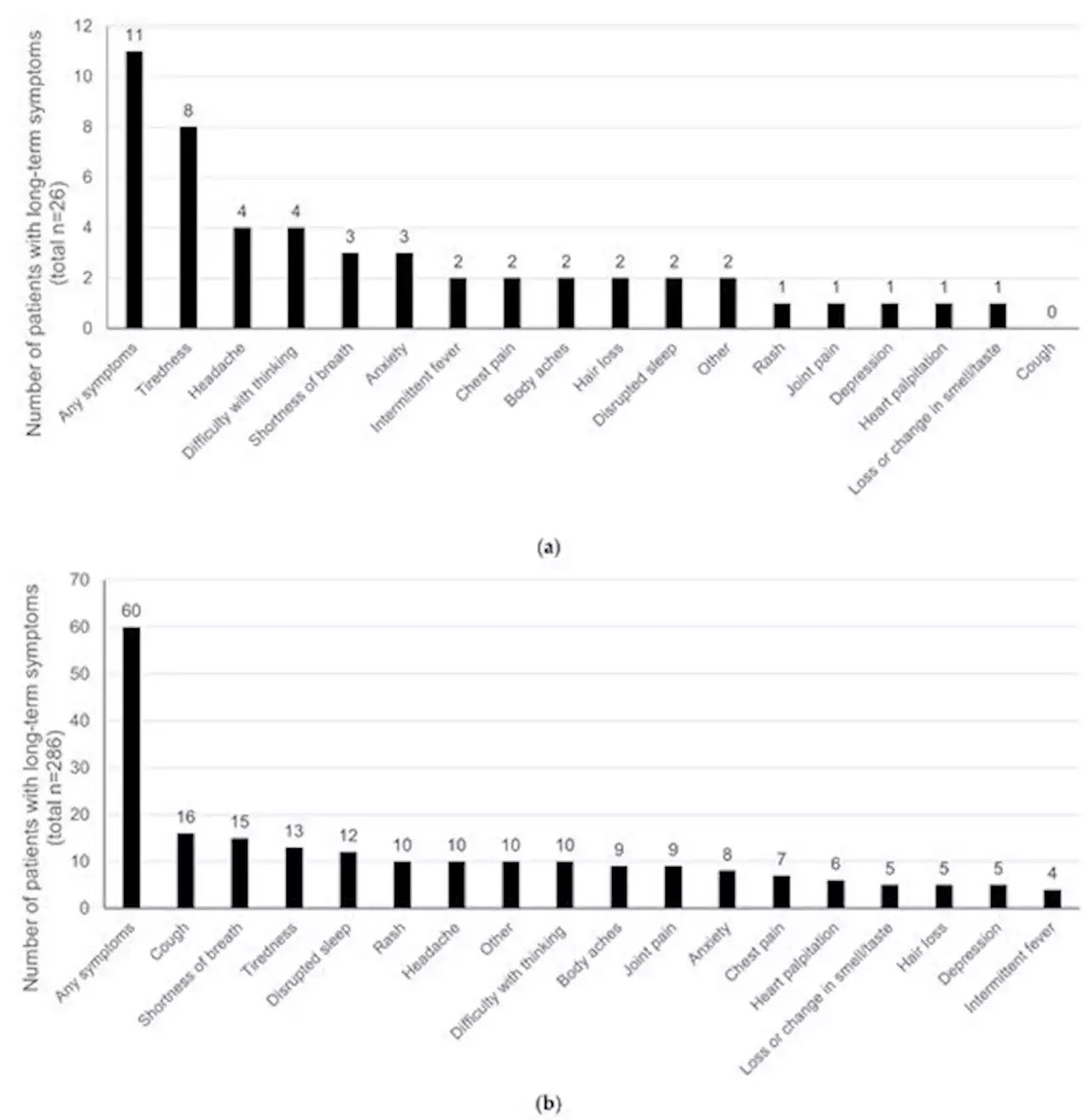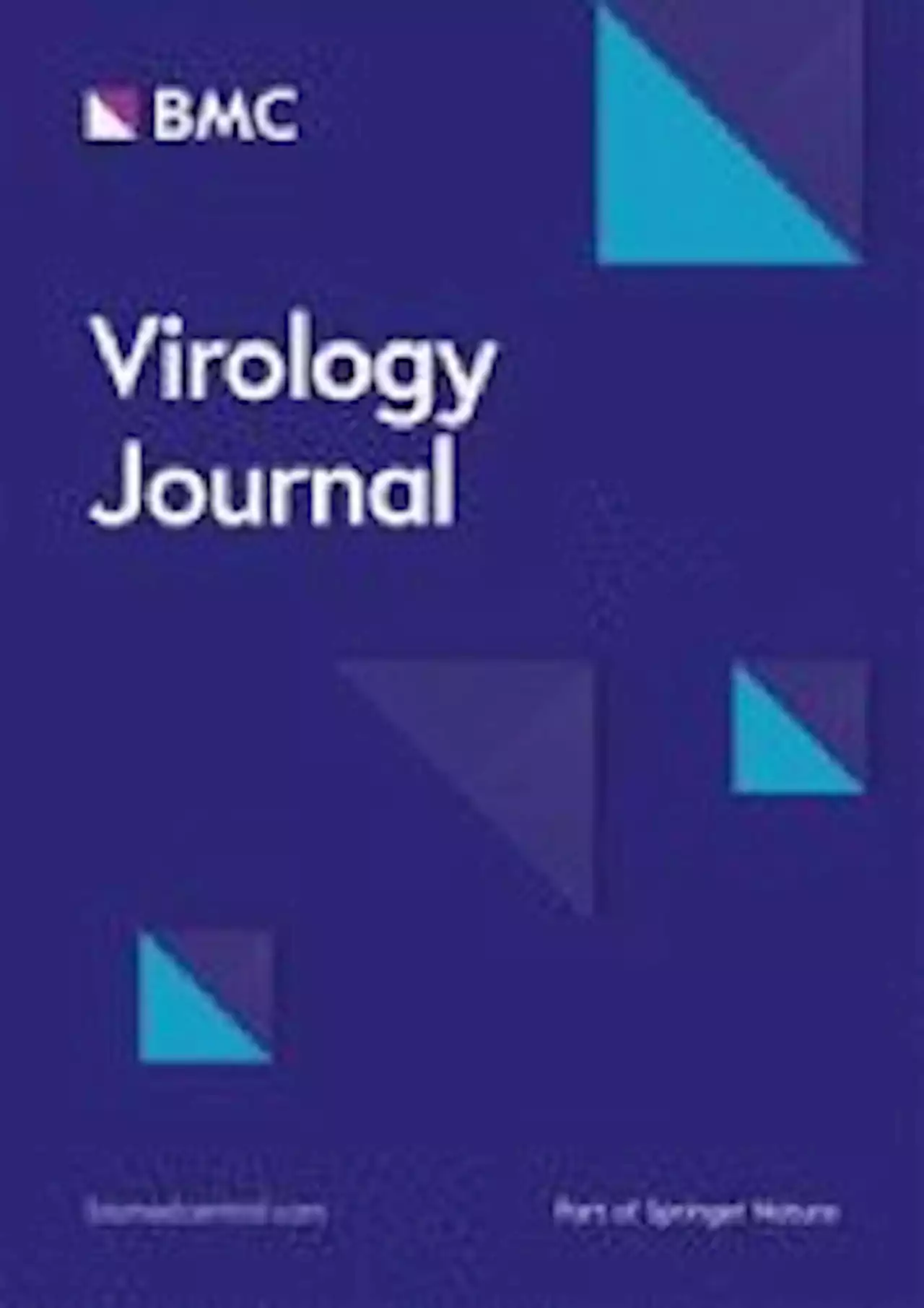Pathophysiological mechanisms of COVID-19-related endothelial dysfunction and potential therapies MDPIOpenAccess UMG_Tweet SARSCoV2 COVID19 EndothelialDysfunction
By Dr. Chinta SidharthanOct 19 2022Reviewed by Aimee Molineux In a recent review published in Life, researchers discussed the pathophysiological mechanisms of endothelial dysfunction associated with severe coronavirus disease 2019 . They commented on the potential therapeutic strategies to treat endothelial damage and coagulopathy related to COVID-19.
Endothelial dysfunction The review reported the possible mechanisms that explain the SARS-CoV-2 tropism towards endothelial cells. Viral entry into the host cell begins with the binding of the SARS-CoV-2 spike protein to the angiotensin-converting enzyme-2 receptor and downstream activation of the spike protein subunits. The ACE-2 enzyme modulates the renin-angiotensin-aldosterone system signaling pathway, which controls local and systemic blood flow and pressure.
Severe COVID-19 is associated with extremely elevated levels of interleukins such as IL-1β, IL-10, IL-6, and IL-7, also known as “cytokine storm,” which increases tumor necrosis factor secretion and interferon-γ induced apoptosis. The elevated cytokines cause endothelial damage, which further increases the secretion of inflammatory molecules, causing a cyclic reaction.
Extrapulmonary manifestations can be seen in multiple organ systems, including the cardiac, renal, nervous, and gastrointestinal systems. Complications include arrhythmias, myocarditis, proteinuria, kidney failure, seizures, encephalopathy, cerebrovascular disease, intestinal inflammations, deep vein thrombosis, and many more.
Belgique Dernières Nouvelles, Belgique Actualités
Similar News:Vous pouvez également lire des articles d'actualité similaires à celui-ci que nous avons collectés auprès d'autres sources d'information.
 Comparison of Long-Term Complications of COVID-19 Illness among a Diverse Sample of Children by MIS-C StatusMost pediatric COVID-19 cases are asymptomatic; however, a small number of children are diagnosed with multisystem inflammatory syndrome in children (MIS-C), a rare but severe condition that is associated with SARS-CoV-2 infection. Persistent symptoms of COVID-19 illness in children diagnosed with/without MIS-C is largely unknown. A retrospective EHR review of patients with COVID-19 illness from one pediatric healthcare system to assess the presence of acute (<30 days) and chronic (≥30, 60–120, and >120 days) long-term COVID symptoms was conducted. Patients/caregivers completed a follow-up survey from March 2021 to January 2022 to assess the presence of long COVID. Results showed that non-MIS-C children (n=286; 54.49% Hispanic; 19.23% non-Hispanic Black; 5.77% other ethnicity; 79.49% government insurance) were younger (mean age 6.43 years [SD 5.95]) versus MIS-C (n=26) children (mean age 9.08 years, [SD 4.86]) (p=0.032). A share of 11.5% of children with MIS-C and 37.8% without MIS-C reported acute long COVID while 26.9% and 15.3% reported chronic long COVID, respectively. Females were almost twice as likely to report long symptoms versus males and those with private insurance were 66% less likely to report long symptoms versus those with government insurance. In conclusion, a substantial proportion of ethnically diverse children from low resource backgrounds with severe COVID illness are reporting long-term impacts. Findings can inform pediatric professionals about this vulnerable population in post-COVID-19 recovery efforts.
Comparison of Long-Term Complications of COVID-19 Illness among a Diverse Sample of Children by MIS-C StatusMost pediatric COVID-19 cases are asymptomatic; however, a small number of children are diagnosed with multisystem inflammatory syndrome in children (MIS-C), a rare but severe condition that is associated with SARS-CoV-2 infection. Persistent symptoms of COVID-19 illness in children diagnosed with/without MIS-C is largely unknown. A retrospective EHR review of patients with COVID-19 illness from one pediatric healthcare system to assess the presence of acute (<30 days) and chronic (≥30, 60–120, and >120 days) long-term COVID symptoms was conducted. Patients/caregivers completed a follow-up survey from March 2021 to January 2022 to assess the presence of long COVID. Results showed that non-MIS-C children (n=286; 54.49% Hispanic; 19.23% non-Hispanic Black; 5.77% other ethnicity; 79.49% government insurance) were younger (mean age 6.43 years [SD 5.95]) versus MIS-C (n=26) children (mean age 9.08 years, [SD 4.86]) (p=0.032). A share of 11.5% of children with MIS-C and 37.8% without MIS-C reported acute long COVID while 26.9% and 15.3% reported chronic long COVID, respectively. Females were almost twice as likely to report long symptoms versus males and those with private insurance were 66% less likely to report long symptoms versus those with government insurance. In conclusion, a substantial proportion of ethnically diverse children from low resource backgrounds with severe COVID illness are reporting long-term impacts. Findings can inform pediatric professionals about this vulnerable population in post-COVID-19 recovery efforts.
Lire la suite »
 COVID pandemic caused changes to global mortality not seen in 70 years, say researchersEngland and Wales saw partial bounce backs from 2020 levels in 2021, while life expectancy in Scotland and Northern Ireland remained at the same 'depressed level' as 2020.
COVID pandemic caused changes to global mortality not seen in 70 years, say researchersEngland and Wales saw partial bounce backs from 2020 levels in 2021, while life expectancy in Scotland and Northern Ireland remained at the same 'depressed level' as 2020.
Lire la suite »
 How the COVID-19 pandemic affected pregnant women in MexicoHow the COVID-19 pandemic affected pregnant women in Mexico Mexico Coronavirus Disease COVID Pregnancy medrxivpreprint
How the COVID-19 pandemic affected pregnant women in MexicoHow the COVID-19 pandemic affected pregnant women in Mexico Mexico Coronavirus Disease COVID Pregnancy medrxivpreprint
Lire la suite »
 Pathophysiology of Post-COVID syndromes: a new perspective - Virology JournalMost COVID-19 patients recovered with low mortality; however, some patients experienced long-term symptoms described as “long-COVID” or “Post-COVID syndrome” (PCS). Patients may have persisting symptoms for weeks after acute SARS-CoV-2 infection, including dyspnea, fatigue, myalgia, insomnia, cognitive and olfactory disorders. These symptoms may last for months in some patients. PCS may progress in association with the development of mast cell activation syndrome (MCAS), which is a distinct kind of mast cell activation disorder, characterized by hyper-activation of mast cells with inappropriate and excessive release of chemical mediators. COVID-19 survivors, mainly women, and patients with persistent severe fatigue for 10 weeks after recovery with a history of neuropsychiatric disorders are more prone to develop PCS. High D-dimer levels and blood urea nitrogen were observed to be risk factors associated with pulmonary dysfunction in COVID-19 survivors 3 months post-hospital discharge with the development of PCS. PCS has systemic manifestations that resolve with time with no further complications. However, the final outcomes of PCS are chiefly unknown. Persistence of inflammatory reactions, autoimmune mimicry, and reactivation of pathogens together with host microbiome alterations may contribute to the development of PCS. The deregulated release of inflammatory mediators in MCAS produces extraordinary symptoms in patients with PCS. The development of MCAS during the course of SARS-CoV-2 infection is correlated to COVID-19 severity and the development of PCS. Therefore, MCAS is treated by antihistamines, inhibition of synthesis of mediators, inhibition of mediator release, and inhibition of degranulation of mast cells.
Pathophysiology of Post-COVID syndromes: a new perspective - Virology JournalMost COVID-19 patients recovered with low mortality; however, some patients experienced long-term symptoms described as “long-COVID” or “Post-COVID syndrome” (PCS). Patients may have persisting symptoms for weeks after acute SARS-CoV-2 infection, including dyspnea, fatigue, myalgia, insomnia, cognitive and olfactory disorders. These symptoms may last for months in some patients. PCS may progress in association with the development of mast cell activation syndrome (MCAS), which is a distinct kind of mast cell activation disorder, characterized by hyper-activation of mast cells with inappropriate and excessive release of chemical mediators. COVID-19 survivors, mainly women, and patients with persistent severe fatigue for 10 weeks after recovery with a history of neuropsychiatric disorders are more prone to develop PCS. High D-dimer levels and blood urea nitrogen were observed to be risk factors associated with pulmonary dysfunction in COVID-19 survivors 3 months post-hospital discharge with the development of PCS. PCS has systemic manifestations that resolve with time with no further complications. However, the final outcomes of PCS are chiefly unknown. Persistence of inflammatory reactions, autoimmune mimicry, and reactivation of pathogens together with host microbiome alterations may contribute to the development of PCS. The deregulated release of inflammatory mediators in MCAS produces extraordinary symptoms in patients with PCS. The development of MCAS during the course of SARS-CoV-2 infection is correlated to COVID-19 severity and the development of PCS. Therefore, MCAS is treated by antihistamines, inhibition of synthesis of mediators, inhibition of mediator release, and inhibition of degranulation of mast cells.
Lire la suite »
 Can adherence to COVID-19 mitigation measures be predicted using cognitive variables?In a new study, researchers investigated the correlations between cognitive variables such as self-control, impulsivity, and future orientation and disease mitigation behaviors associated with the coronavirus disease 2019 (COVID-19) pandemic.
Can adherence to COVID-19 mitigation measures be predicted using cognitive variables?In a new study, researchers investigated the correlations between cognitive variables such as self-control, impulsivity, and future orientation and disease mitigation behaviors associated with the coronavirus disease 2019 (COVID-19) pandemic.
Lire la suite »
 What is the function of micronutrients in COVID-19 recovery?What is the function of micronutrients in COVID-19 recovery? udg_oficial MDPIOpenAccess Micronutrients Microbiome COVID19 SARSCoV2 Recovery
What is the function of micronutrients in COVID-19 recovery?What is the function of micronutrients in COVID-19 recovery? udg_oficial MDPIOpenAccess Micronutrients Microbiome COVID19 SARSCoV2 Recovery
Lire la suite »
